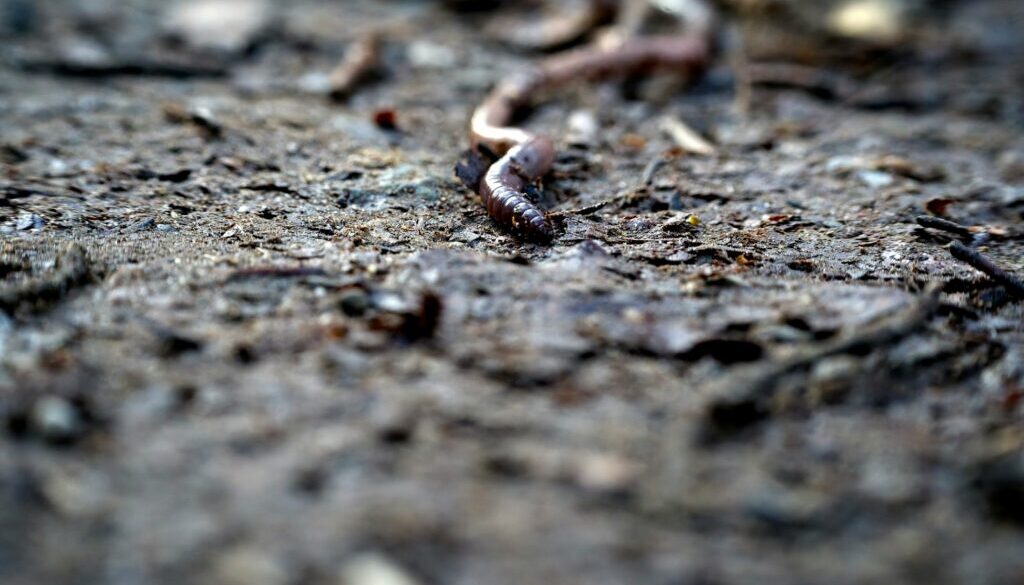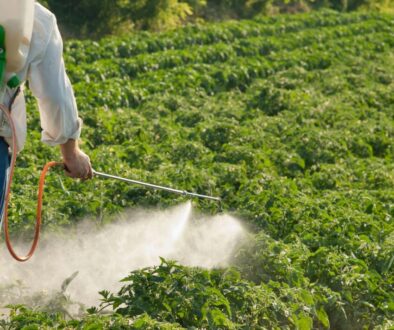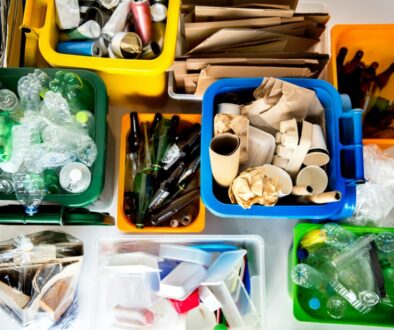Bioplastics may be toxic to soil organisms, study calls for more testing
Bioplastics, often considered a safer alternative to synthetic plastics, may in some cases be toxic to soil organisms, a worrisome finding that indicates a need for more thorough testing, according to a new study.
The work adds to a growing body of research suggesting that bioplastics, which are derived from plant materials or other biological feedstocks, are not necessarily safer than plastics that come from petroleum.
The new study, published this month in Environmental Science and Technology, found that two types of bioplastic fibers were more toxic to earthworms than were bits of conventional polyester. While promoted as “environmentally friendly,” the alternative materials actually may be more harmful in some ways than the conventional plastic, the study determined.
“We need more comprehensive testing of these materials before they are used as alternatives to plastics,” said Bangor University researcher Winnie Courtene-Jones, who is lead author of the study.
Bio-based fibers like viscose and lyocell are used in clothing, especially in fast fashion, but also in wet wipes and a range of other products. The study said more than 320,000 metric tons were produced in the textile industry in 2022 and that is expected to continue to climb. When such clothes are washed, they can shed fibers into wastewater. Thousands of tons of sewage sludge are added to farmlands around the world, which can directly transmit such fibers into the soil.
The study authors said they exposed worms to fibers from polyester, as well as viscose and lyocell, which are made from cellulose and used in “natural” fabrics. They found that after three days, 30% of the first group died, while the death toll was 60% for viscose, and 80% for lyocell.
Effects of various products on worms are important to study since these animals live throughout much of the world churning and aerating soil, providing vital ecological services. Moreover, if worms are negatively affected, the same is likely true for hundreds of other overlooking soil-dwelling species.
In the study, scientists also looked at longer-term impacts of all three fibers to worms at concentrations likely to be found in soils where such sludge is applied. They found that worms exposed to the biobased materials had impaired fertility compared to animals in contact with polyester fibers.
“This study shows us that the bio-based fibers are not inherently better than synthetic fibers,” said Bethanie Carney Almroth, an ecotoxicologist at the University of Gothenburg in Sweden who wasn’t involved in the paper.
In this paper, the fibers were put into soils in the lab without any additives, and the toxic effects seem to have something to do with the structural or chemical nature of the materials themselves, Courtene-Jones said. Bioplastics can also leach toxic additives or breakdown products, much like conventional plastics.
Bioplastics and so-called biodegradable plastics do not necessarily break down quickly, or at all, in conditions found in soils or the environment. Biodegradable and “compostable” plastics often have to be exposed to very specific conditions, such as high heat, to disintegrate.
In trying to reduce plastic pollution and make plastics safer, we must be careful about not replacing petroleum-based products with bio-based ones that may be even worse, in some cases, Almroth said.
That will be particularly important to keep in mind at the last of five scheduled meetings intended to create a global treaty to end plastic pollution, a process convened by the United Nations, taking place later this month in South Korea.
(Featured image by Julian Zwengel via Unsplash.)




